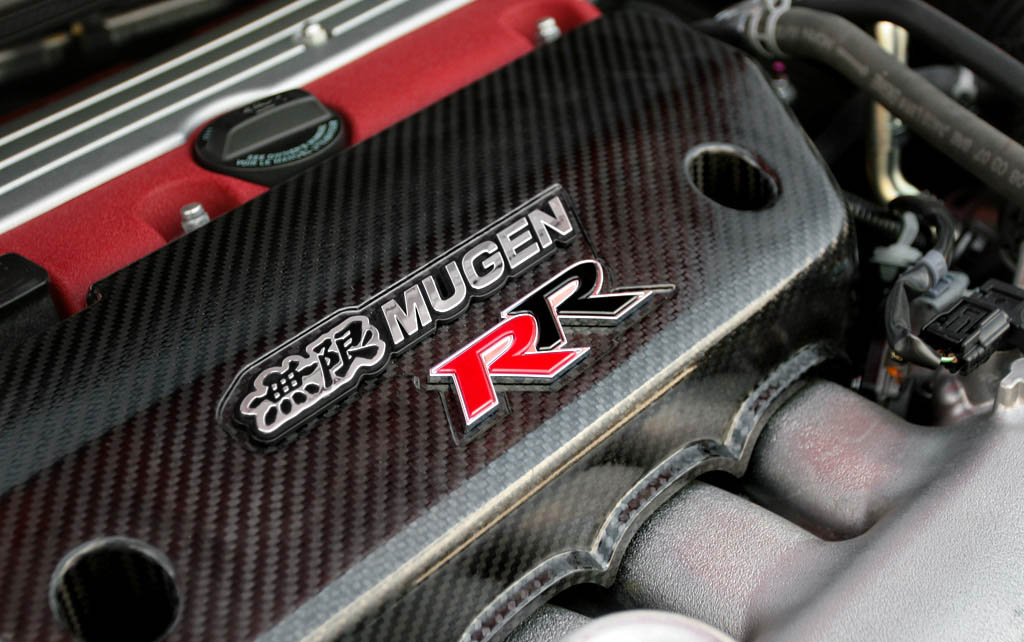
Evolution of an Icon: How Type R Engines and Styling Have Transformed
Revolution Through Evolution: The Type R Transformation
From screaming naturally aspirated VTEC engines to turbocharged torque monsters, from subtle spoilers to origami aero elements—the Type R badge has graced machines that look radically different but share the same performance DNA. Let’s trace this evolution to understand how Honda has reinterpreted the Type R formula across generations while maintaining its core philosophy.
The Engine Evolution: From High-RPM Screamers to Turbo Torque
The Naturally Aspirated Era (1997-2011)
The early Type Rs were defined by their high-revving, naturally aspirated engines:
- B16B (EK9 Civic Type R): 1.6L producing 182hp at 8,200 RPM with an 8,600 RPM redline
- B18C5/B18C (DC2 Integra Type R): 1.8L delivering 195hp (US) or 197hp (JDM) at 8,000 RPM
- K20A (EP3 Civic Type R JDM): 212hp at 8,000 RPM with improved midrange torque
- K20A2 (EP3 Civic Type R Euro): 197hp with slightly different tuning for European tastes
- K20A (FD2 Civic Type R): The ultimate NA Type R engine with 225hp and throttle response to die for
- K20Z4 (FN2 Civic Type R): 198hp but with a torque curve optimized for European roads
What united these engines:
- Stratospheric redlines (8,000-8,600 RPM)
- VTEC variable valve timing that created a dramatic power surge at high RPMs
- Hand-finished ports and chambers for optimized airflow
- High compression ratios (11.0:1 to 12.5:1)
- Minimal sound insulation so you could hear every mechanical symphony
The driving experience was defined by the hunt for VTEC engagement—that magical moment around 5,800-6,000 RPM when the valve timing changed and the engine transformed from docile commuter to screaming banshee.
The Turbocharged Revolution (2015-Present)
With the FK2 generation, Honda made the controversial but necessary switch to turbocharging:
- K20C1 (FK2 Civic Type R): 2.0L turbo producing 306hp and 295 lb-ft—more torque than any previous Type R
- K20C1 (FK8 Civic Type R): Refined version with 306-316hp (market dependent) and improved cooling
- K20C1 (FL5 Civic Type R): Further evolution with 315hp (US) or 325hp (Japan/Europe) and broader torque curve
- K20C1 (2024 Integra Type S): Shared architecture with the FL5 but with luxury-oriented tuning
The turbo transition brought:
- Lower redlines (7,000 RPM) but massive torque increases (almost double the older engines)
- Broader power bands with peak torque available from just 2,500 RPM
- More sophisticated cooling systems to handle turbo heat
- Electronic wastegates and variable cam timing for improved response
- Active exhaust systems that attempted to recreate the VTEC sound signature
Styling Evolution: From Subtle to Spectacular
First Generation: The Sleepers (1997-2000)
Early Type Rs were visual sleepers with subtle enhancements:
- DC2 Integra Type R: Distinguished mainly by Championship White paint, smaller red badges, and a modest wing
- EK9 Civic Type R: Similar restraint with minimal exterior changes beyond the front lip, mesh grille, and small wing
The philosophy was clear: performance over peacocking, with only those “in the know” recognizing these special machines.
Second Wave: Distinctive But Dignified (2001-2011)
As the 2000s arrived, Type Rs became more visually distinctive:
- EP3 Civic Type R: The “breadvan” shape was quirky but the Type R additions remained tasteful
- FD2 Civic Type R: Sedan profile with more aggressive aero, but still something you could drive to a business meeting
- FN2 Civic Type R: The Euro hatch model introduced more unique styling with its triangular exhaust and spaceship dash
These models were identifiable as special but maintained a certain maturity—the wings were functional rather than flashy, the body kits purposeful rather than excessive.
Modern Era: Maximum Attack (2015-Present)
The current generation Type Rs embrace visual drama:
- FK2 Civic Type R: The watershed moment when subtlety went out the window, introducing massive wings, vents, and aggressive diffusers
- FK8 Civic Type R: Double-down on the aero-heavy look with even more complex surfacing and the distinctive triple exhaust
- FL5 Civic Type R: Slightly more restrained but still instantly recognizable as something special
- 2024 Integra Type S: The luxury interpretation with quad exhausts and more subtle aggression
This visual evolution reflects changing times—in an era of social media and instant recognition, the Type R needed to stand out visually as well as dynamically.
The Common Threads
Despite these dramatic changes, some elements have remained consistent throughout Type R history:
Red-Themed Interiors
From the DC2’s red Recaro seats to the FL5’s red carpets and trim, every Type R has featured a red-dominated interior that signifies its performance intent.
Championship White
While not available on every model, this iconic color links directly to Honda’s racing heritage and remains the enthusiast choice.
Manual Transmissions
When competitors abandoned the manual gearbox, Honda kept the faith—every Type R has featured a slick-shifting manual, maintaining the driver-machine connection.
Engineering Over Marketing
Whether naturally aspirated or turbocharged, Type Rs have never been about the numbers game—they’re about the driving experience, the chassis balance, the perfect shifter feel.
The Future Evolution
As we look ahead, the Type R faces its biggest evolution yet—electrification. Will a hybrid or fully electric Type R maintain the character we’ve come to love? The engineering challenge is immense, but if any company can translate driving excitement into the electric age, it’s Honda.
The future Type R may drop the high-revving engine note and manual transmission, but if Honda stays true to the Type R philosophy, it will maintain what matters most: the pure connection between driver and machine, the perfect balance between everyday usability and track-day thrills, and engineering that prioritizes the driving experience above all else.
Whether your heart belongs to the analog purity of a DC2 or the technological tour-de-force of an FL5, there’s a fundamental Type R character that transcends generations—and that’s what makes these cars more than just transportation. They’re experiences, memories, and for many of us, the reason we fell in love with driving in the first place.